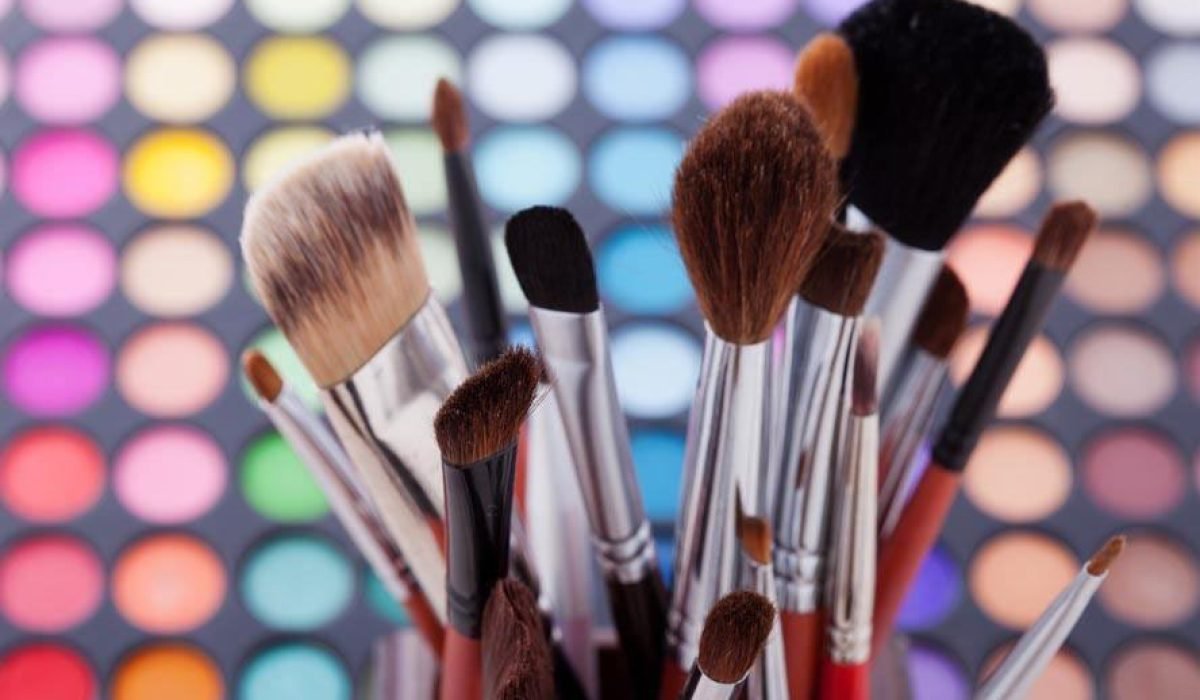People’s pursuit of beauty has never stopped, especially now that we are living in an era of affluence where we have enough to eat and wear, people’s attention to their appearance has become more and more focused. At the same time, with the rise of live banding and short video bloggers, people have more and more channels to contact and understand cosmetics. Consumption in the field of cosmetics has skyrocketed in recent years, while cosmetic packaging is a fast-growing segment in recent years. In the era of eyeball economy and lipstick effect, cosmetic packaging presents the characteristics of fine printing, structural heteromorphism, brand niche and service end-to-end.
For enterprises struggling in the highly competitive packaging field, it is time to study the business opportunities brought about by the changes in the development of the cosmetics industry. The following is a concise information about the cosmetics industry, interested parties can collect.
01. Industry Size and Growth
China is the second largest consumer of cosmetics after the U.S., with consumption accounting for 12.7% of the global cosmetic market, and as the second largest consumer of cosmetics, China’s beauty and personal care market reached 477.7 billion yuan in 2019, a year-on-year growth of 13.8%.
In comparison with other consumer industries, according to the National Bureau of Statistics, China’s retail sales of consumer goods in the cosmetics category grew 12% year-on-year in 2019, ranking second only to the daily necessities category, which grew 13%.
02.Industry Representative Brands and Corresponding Companies
In China’s cosmetic market, the market share of domestic brands is slightly higher than that of international brands, and by 2018, the market share of domestic cosmetic brands grew to 56%.
The high-end market is controlled by international brands, while domestic brands are mostly oriented to the mass market. The channel of national brands is deeply sunk, and the advantage is obvious in the third and fourth line offline market.
Online, the significant change in 2019 is the rise of Shake Echo e-commerce and Taobao live broadcasting, which further shortens the distance between users from “grass” to purchase. With the advantages of wide channels, high cost-effectiveness and fast supply chain response, the market share of domestic cosmetic brands has been increasing.
China’s local cosmetic brands end listed companies mainly include Puraiya, Marumi, Shanghai Jahwa, Imperial Family, Huaxi Biological, Bethanie and other companies. Among them, Shanghai Jahwa was established early, with many local traditional brands, such as Herborist, beauty, six gods, home security, double sister, etc.. Although Huaxi Bio was founded in 2000, most of its own brands were established in the past two years, such as BM, Mibelle and so on. The Royal Family was established later, but its Royal Nai Fang, Little Muddy and other brands are not less well-known than the traditional old brands.

